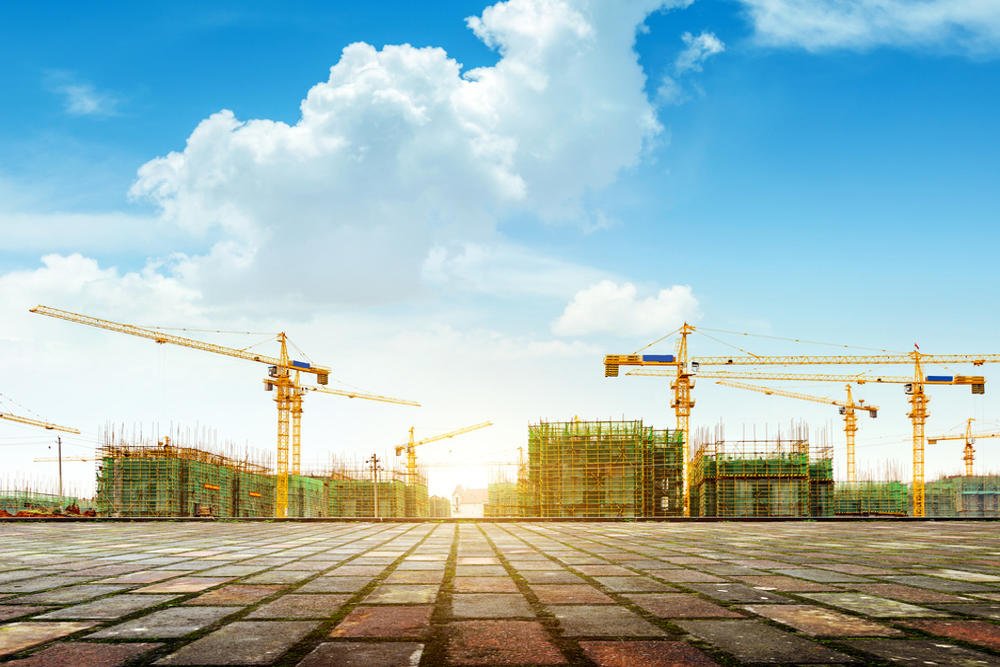
Australia’s construction industry, a significant contributor to the country’s carbon emissions, is facing pressure to reduce its environmental impact.
Dr Ali Kashani, a sustainable construction expert from UNSW, highlights the importance of addressing materials’ embodied carbon in construction to advance Australia’s low-carbon future.
Embodied carbon refers to the carbon dioxide emissions released during the manufacturing and transportation of construction materials.
While efforts have been made to reduce emissions from operational activities like heating and cooling buildings, the focus on embodied carbon has been limited.
Concrete, steel, and aluminium are major contributors to embodied carbon in construction, accounting for nearly 70 per cent of the sector’s emissions.
Dr Kashani emphasises the need for innovative approaches, such as using recycled materials and transitioning to renewable energy sources, to reduce these emissions.
He suggests that steel and aluminium can be recycled to create new materials, reducing the need for energy-intensive production processes.
Additionally, alternative materials like bamboo and engineered timber offer low-carbon alternatives to traditional materials.
Innovative concrete alternatives, such as geopolymer or alkali-activated binders, are gaining traction for their lower carbon footprint.
Dr Kashani also mentions a US-based startup producing zero-emission cement through an electrolysis process powered by renewable energy.
Carbon capture and utilisation (CCU) presents another opportunity to reduce embodied carbon.
By capturing and repurposing carbon dioxide from industrial processes, CCU can help lower emissions across various industries.
Dr Kashani acknowledges the challenges in transitioning to renewable energy and alternative materials but emphasises the importance of taking action to reduce emissions.
He believes that viewing carbon as a valuable resource for the circular economy can drive innovative solutions to achieve net-zero emissions by 2050.
“However, embodied carbon is sometimes overlooked in design and construction. We often focus on renewable energy such as solar panels for emissions reduction from the operations side such as heating or cooling buildings.
“And that’s fantastic but not enough — we should also take into account the energy spent and CO2 emitted during manufacturing and transporting the materials too,” said Dr Kashani.
Addressing materials’ embodied carbon in construction is a crucial step towards a sustainable future for Australia’s built environment.
By embracing innovative solutions and collaboration, the construction industry can play a significant role in reducing carbon emissions and advancing Australia’s low-carbon future.












